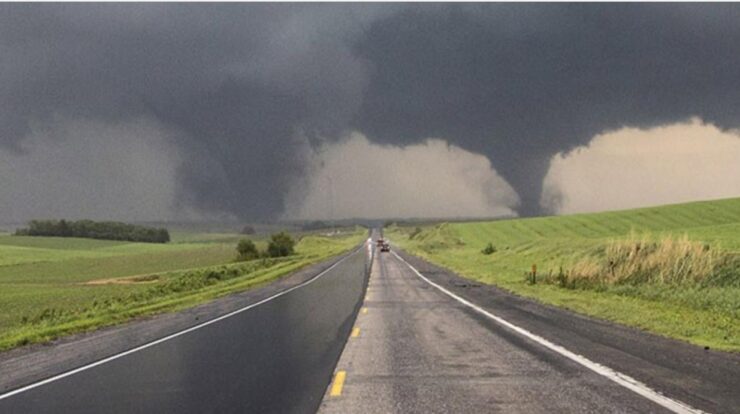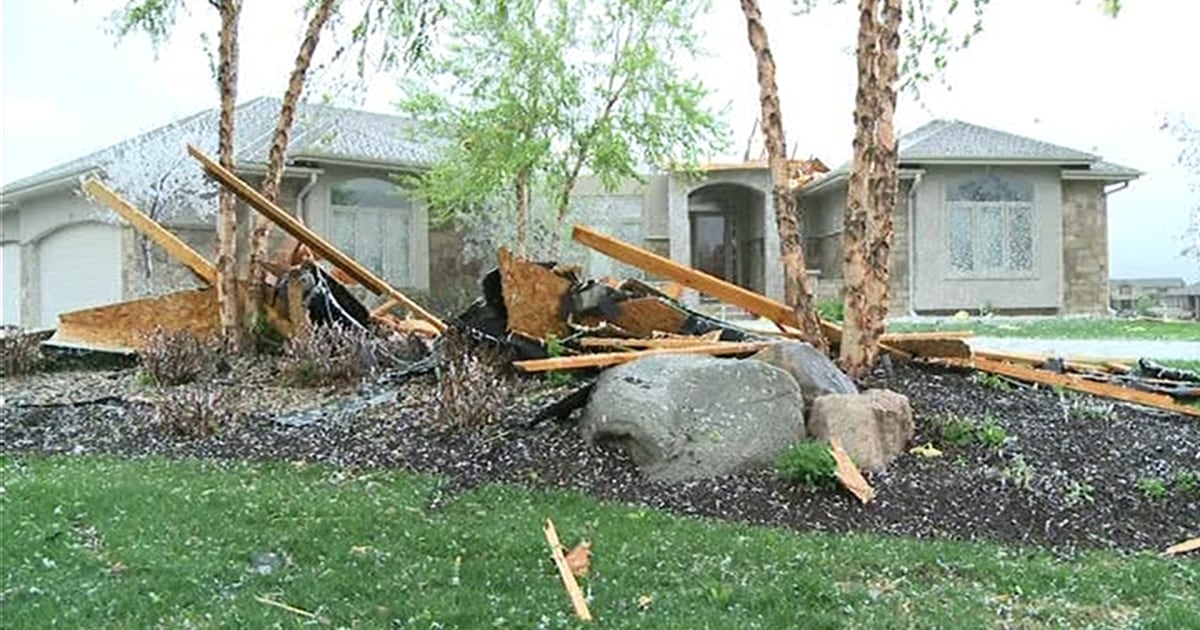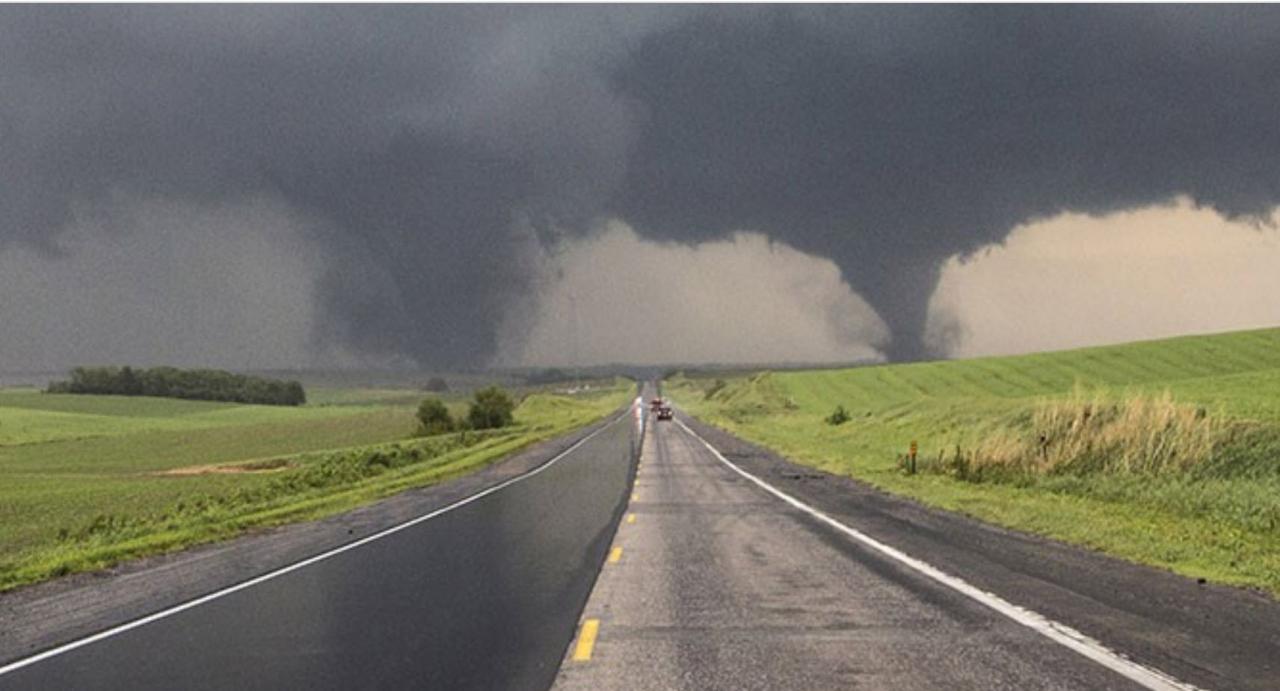
Tornado Elkhorn NE: A comprehensive overview of the historical occurrences, geographical factors, community preparedness, safety strategies, environmental impacts, and economic and social consequences of tornadoes in Elkhorn, Nebraska.
This report delves into the unique characteristics of Elkhorn’s location within Tornado Alley and its proximity to the Missouri River, examining how these factors contribute to tornado formation and severity.
Historical Occurrences of Tornadoes in Elkhorn, Nebraska

Elkhorn, Nebraska, has experienced several tornadoes throughout its history. Here is a chronological list of notable tornadoes that have impacted the city:
- May 6, 1964:F2 tornado caused significant damage to homes and businesses in Elkhorn.
- June 19, 1971:F3 tornado struck the city, resulting in major property damage and injuries.
- June 22, 2004:F1 tornado touched down near Elkhorn, causing minor damage.
- May 25, 2014:F4 tornado devastated Elkhorn, destroying numerous homes and businesses.
Elkhorn is located within Tornado Alley and has a higher frequency of tornadoes compared to other parts of Nebraska.
Geographical Factors Influencing Tornado Formation in Elkhorn
Elkhorn’s geographical location and topography contribute to its susceptibility to tornadoes.
- Location within Tornado Alley:Elkhorn lies in the heart of Tornado Alley, a region known for frequent and severe tornadoes.
- Proximity to Missouri River:The Missouri River provides moisture and instability, which can fuel tornado development.
- Flat topography:The flat terrain around Elkhorn allows tornadoes to travel unimpeded, increasing their potential for damage.
- Prevailing wind patterns:Elkhorn is located in a region where strong winds from different directions can converge, creating conditions favorable for tornado formation.
Community Preparedness and Response to Tornadoes: Tornado Elkhorn Ne
Elkhorn has a comprehensive emergency preparedness plan in place for tornadoes.
- Tornado sirens:A network of tornado sirens alerts residents to approaching storms.
- Emergency shelters:Designated shelters provide safe haven during tornadoes.
- National Weather Service:The National Weather Service provides timely weather forecasts and warnings.
- Local emergency management agencies:Local agencies coordinate response efforts and provide assistance to affected residents.
- Community organizations:Volunteer organizations, such as the Red Cross, assist with disaster relief and recovery.
In 2014, Elkhorn’s emergency preparedness plan was put to the test during a devastating F4 tornado. The community’s swift response and coordination helped minimize casualties and facilitate recovery.
Tornado Safety and Mitigation Strategies
Residents of Elkhorn should follow these safety guidelines during a tornado:
- Seek shelter in a basement or interior room on the lowest floor.
- Stay away from windows and exterior walls.
- Cover your head and body with blankets or pillows.
- Evacuate to a designated shelter if time permits.
Tornado drills and public education campaigns are essential for promoting safety awareness.
Innovative mitigation strategies, such as storm shelters and early warning systems, have been implemented in Elkhorn to enhance tornado safety.
Concluding Remarks

Understanding the risks and impacts of tornadoes in Elkhorn, Nebraska, is crucial for community preparedness and resilience. This report provides valuable insights for residents, policymakers, and emergency responders to enhance safety measures, mitigate potential damage, and foster a proactive approach to tornado management.
User Queries
What is the average frequency of tornadoes in Elkhorn, Nebraska?
Elkhorn, Nebraska, experiences an average of one tornado every five years.
What are the most common safety guidelines for residents during a tornado?
Residents should seek shelter in a designated safe room or the lowest level of their home, away from windows and exterior walls.
What are some innovative tornado mitigation strategies implemented in Elkhorn?
Elkhorn has implemented storm shelters and early warning systems to enhance community preparedness and reduce the risk of tornado-related damage.





